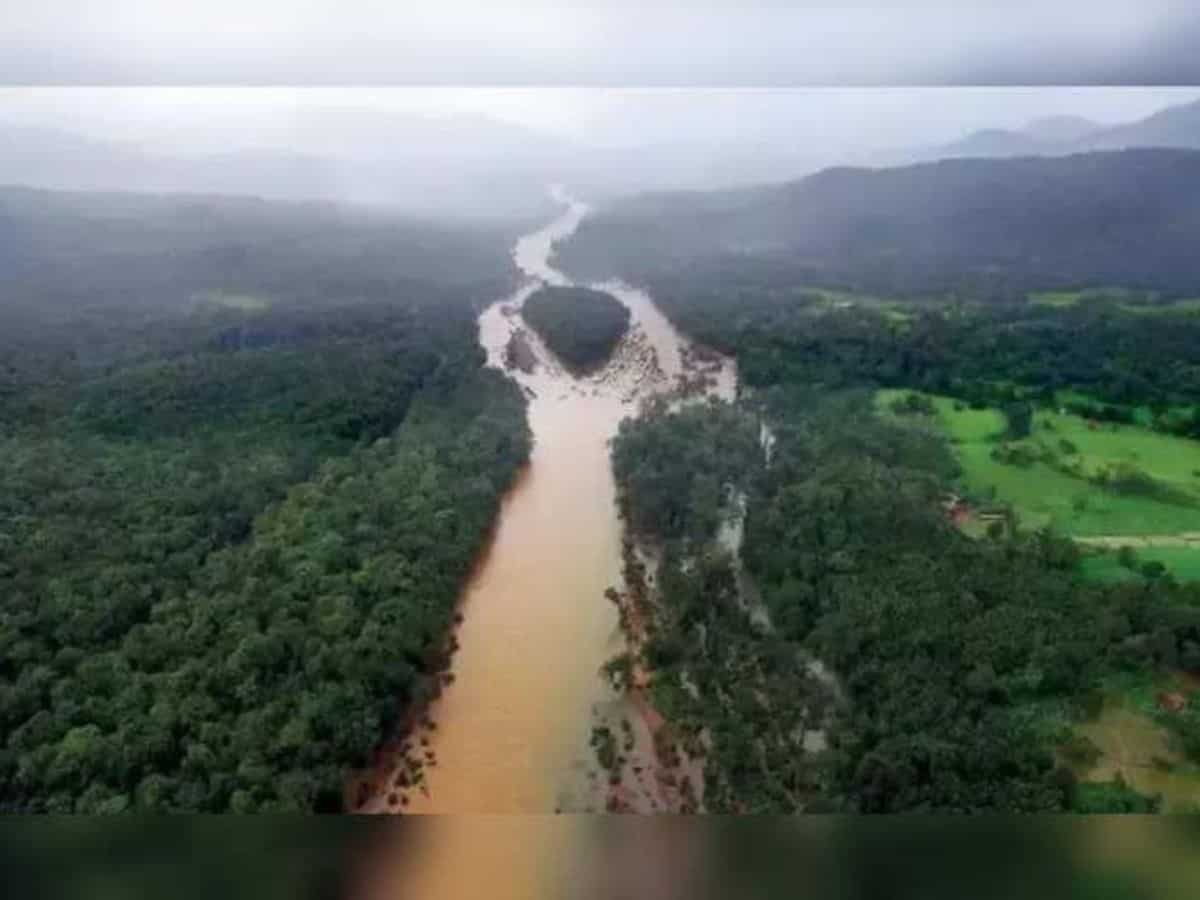
Karwar: The Aghanashini River basin area, nestled in the pristine landscapes of Uttara Kannada district, in the coastal belt in Western Ghats has achieved a significant milestone by securing international recognition through inclusion in the prestigious ‘Ramsar Wetland Site’ list.
This recognition highlights the unique ecological features of the Aghanashini river bed, previously untouched by any conservation plan, showcasing its vital role as a habitat for diverse bird species and a crucial source of livelihood for local communities.
The inclusion in the Ramsar list is based on various criteria, including the abundance of a traditional resource, and the river’s significance to the fishing communities.
In adherence to Ramsar standards, the conservation of river wetlands is imperative. The sustainable use of traditional fishing practices and the river’s role in supporting local livelihoods should be prioritized.
Additionally, efforts to preserve existing natural growth in the region are crucial. The Ramsar recognition has provided a substantial boost to the ongoing struggle of local fishermen against mining activities that have persisted for over five decades.
Renowned for fish, crabs
The Aghanashini River, which meets the Arabian Sea at Aghanashini village in Kumta taluk, is renowned as a breeding ground for various fish species. The river valley is home to an impressive 30 identified crab species while serving as a resource center for 50 species of marine fish.
Speaking to Siasat.com, scientist Subhashchandran of the Indian Science Center, emphasized the ecological significance of the river, particularly highlighting the presence of kagga paddy along its banks.
Currently, there are 80 wetlands in India listed under the ‘Ramsar Wetland Site,’ a designation initiated in 1971 during a UNESCO conference in Ramsar, Iran, aimed at conserving wetlands. India signed the treaty in 1982, leading to the identification of four regions in Karnataka on the Ramsar list.
Ecological challenges
The journey of the Aghanashini River valley to Ramsar recognition has not been without challenges. Shell mining had adversely impacted the region, jeopardizing its biodiversity and prompting local fishermen, societies, and Kannada organizations to rally against such activities.
The ‘Save Aghanashini’ campaign, launched by various pro-people organisations garnered widespread support, drawing attention to the river’s plight.
The successful addition of the Aghanashini River valley to the Ramsar Wetland Site list is a cause for joy and international recognition. Environmentalists, scientists, and conservationists celebrate this achievement, as it underscores the importance of preserving these vital ecosystems.
On the occasion of World Wetlands Day, five sites in the country have been newly included in the Ramsar Wetlands list, with three bird sanctuaries in Karnataka making the prestigious cut.
Aghanashini Valley in Uttara Kannada district, Magadi Lake in Gadag district, and Ankasamudra bird sanctuary in Vijayanagara district are the recognized sites in Karnataka, contributing to the total count of 80 Ramsar wetlands in the country.
The significance of these wetlands will be highlighted on World Wetlands Day, celebrated annually on February 2. This year’s program is scheduled to take place near Indore in Madhya Pradesh at Sirpur Lake. Officials from central and state governments, scientists, bird watchers, and environmental organizations worldwide will gather to shed light on the importance of these wetland sites.
The Aghanashini wetland, spanning over 4800 hectares, provides sanctuary to more than 66 water bird species, contributing to the rich biodiversity of the region. Similarly, the Magadi bird sanctuary in the Gadag district hosts over 166 bird species, acting as a refuge for the Bar-headed Goose from Mongolia.
Ankasamudra in Vijayanagar district stands out as a unique water body, boasting a diverse array of plant, mammal, reptile, and bird species.
Biodiversity researcher Manjunath Naik expresses delight at the inclusion of these three Karnataka sites in the Ramsar list, recognizing their ecological significance and underscoring the importance of their conservation efforts.
The Ramsar designation brings attention to the invaluable role these wetlands play in maintaining biodiversity, providing habitat for numerous species, and offering essential ecological services.

